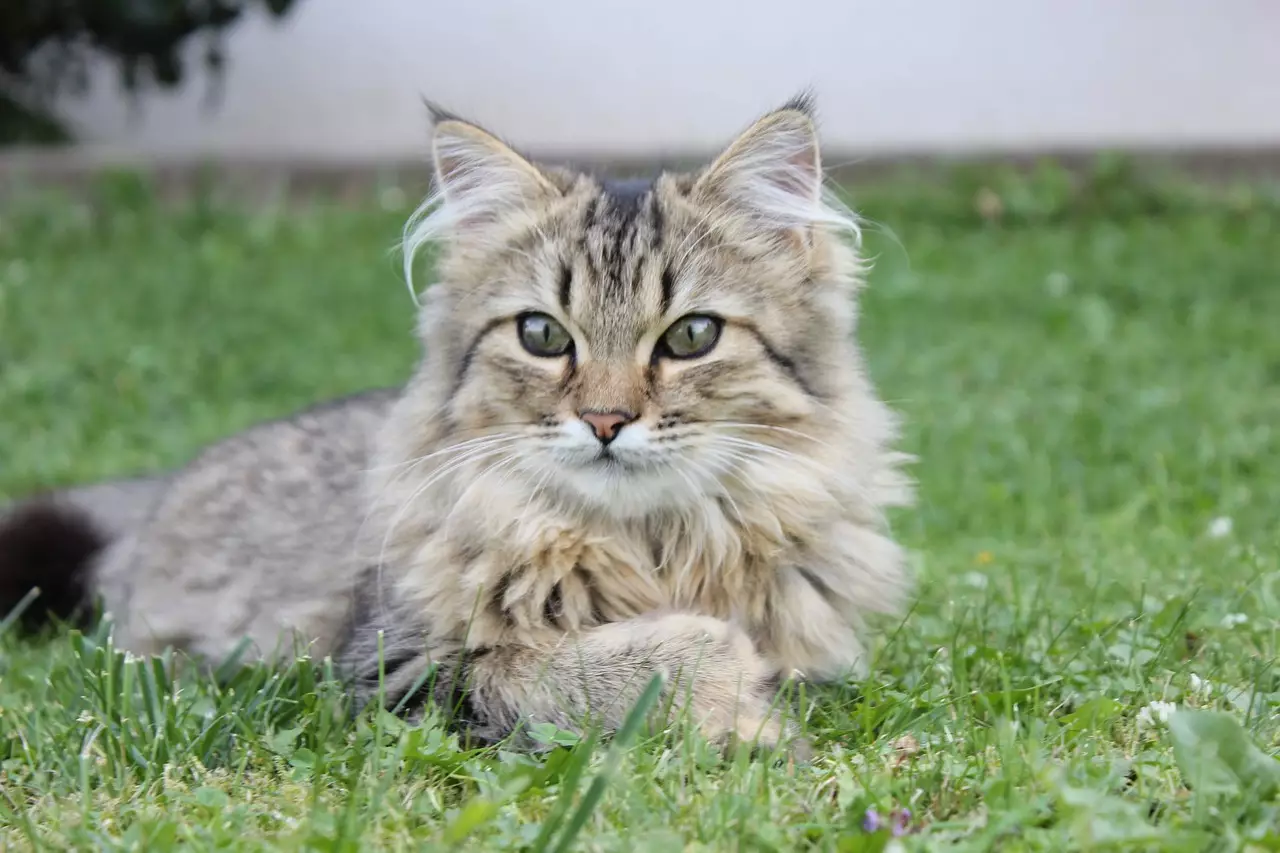Cats and water have long occupied a contentious relationship in popular culture, with many associating felines with an aversion to aquatic elements. However, contrary to this stereotype, several cat breeds exhibit a unique attraction to water. This article aims to unveil five cat breeds known for their fondness for water, diving into their distinct characteristics and historical backgrounds that underpin their affinity for this liquid element.
Renowned for its natural swimming abilities, the Turkish Van is often dubbed the “swimming cat.” Originating from the Lake Van area in Turkey, this breed has evolved with a coat that is not only water-repellent but also functional for swimming. The Turkish Van’s unique fur allows it to glide effortlessly through water, which is a trait shaped by its environment. Their love for aquatic play often sees them happily joining their owners in swimming pools or bathtubs, showcasing a playful nature that defies conventional cat behavior.
Maine Coons can be described as gentle giants among domestic cats, recognized not only for their impressive size but also for their playful engagement with water. This breed boasts a thick, water-resistant coat, a feature that likely emerged as a necessary adaptation in the wet northeastern climates of the United States. Their willingness to get their paws wet—whether it be with a dripping faucet or splashing in shallow water—highlights their fondness for playful interactions, making them captivating companions for water-loving owners.
Bengal cats, with their strikingly spotted fur resembling that of their wild ancestors, are yet another breed with a penchant for water. Descended from the Asian leopard cat, known for its adept swimming skills, the Bengals inherit a natural curiosity toward aquatic activities. Their playful antics often include investigating dripping sinks or even attempting to join their human friends in the bath. This primal connection to their wild lineage helps explain their fascination with water, establishing a link between their natural instincts and their domesticated lives.
The Adaptable Norwegian Forest Cat
The Norwegian Forest Cat is an emblem of resilience and adaptability, traits essential for survival in the cold, harsh climates of Norway. Their thick, water-repellent coats are not only a defense against chilly temperatures but also facilitate their comfort in wet conditions. Cats of this breed may display a keen interest in water, engaging in swimming or water play as part of their instinctive behavior. Their history of thriving in rugged environments undoubtedly contributes to their unique relationship with water, setting them apart from other more reserved cat breeds.
The Curious Abyssinian
Last but not least is the Abyssinian, a breed steeped in antiquity and characterized by inquisitiveness. While not typically enthusiastic swimmers like the other breeds discussed, Abyssinians are known for their playful explorations around water. Their natural curiosity often leads them to investigate water dishes, shower activities, or even the allure of running taps. This breed’s playful demeanor and inherent curiosity translate into engaging and amusing interactions with their aquatic environments.
These five cat breeds redefine the traditional view of feline water aversion, presenting a fascinating opportunity for potential cat owners who love water-related activities. From the swimming prowess of the Turkish Van to the playful splashes of the Maine Coon, these water-loving cats are worthy of consideration for anyone looking to share their aquatic adventures with a furry companion. Through understanding their histories and traits, we can appreciate the complexity of these breeds and their unique relationship with water.


Leave a Reply